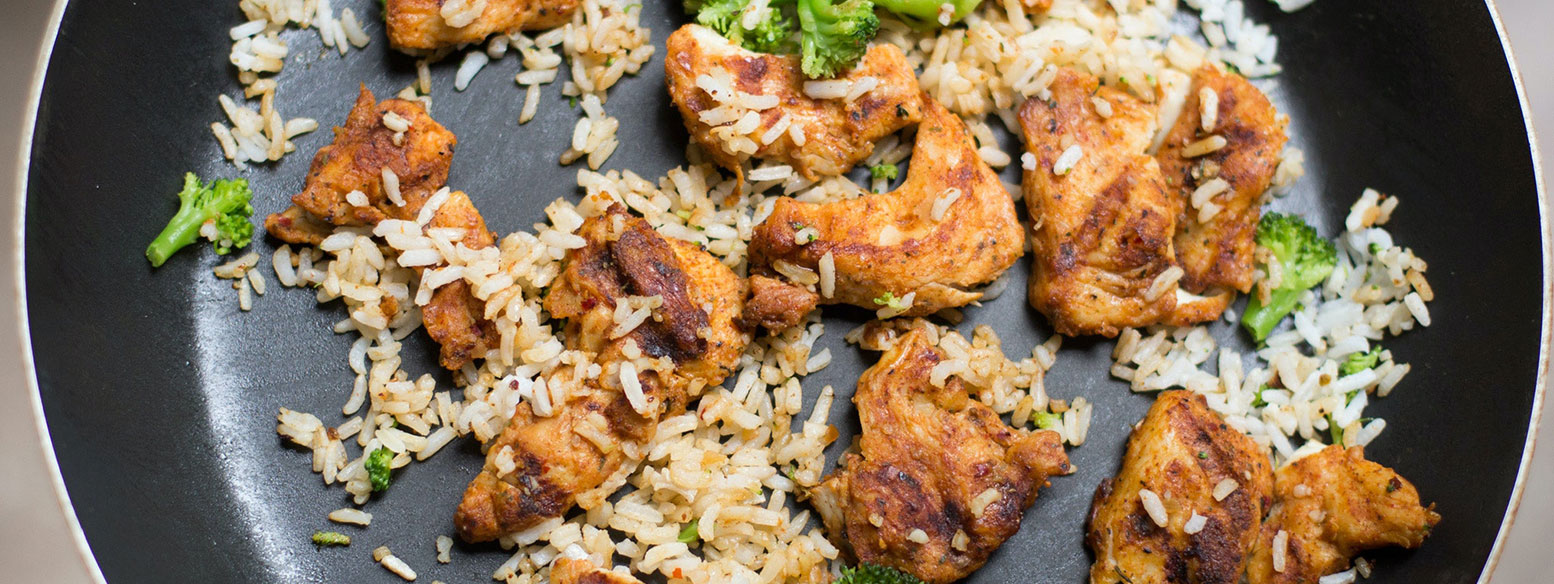- HEALTH
- Workout Routines
- Mental Health
- Natural Remedies
- Weight Management
- Holistic Wellness
- Healthy Aging and Longevity

In today’s world, where every penny counts, budget-friendly meal planning has become a necessity for many. But eating on a budget doesn’t mean sacrificing taste, nutrition, or variety. With some smart strategies and a bit of creativity, you can enjoy delicious, balanced meals without breaking the bank.

Meal planning isn’t just about financial savings; it’s also a time-saver. When you plan your meals, you make a detailed shopping list, which means fewer impulse buys and less food waste. Plus, you’ll avoid the “What’s for dinner?” dilemma that often leads to ordering takeout.
First, assess your monthly food budget. Be realistic about what you can afford, taking into account your income, bills, and other expenses. Once you have a budget in mind, you can tailor your meal planning to fit within those financial constraints.
Beans, rice, pasta, and oats are budget-friendly staples that can serve as the foundation for many meals. They’re not only inexpensive but also versatile and filling. Stocking your pantry with these items provides the flexibility to create a variety of dishes.
For pantry staples like rice, pasta, and canned goods, buying in bulk can save you a significant amount over time. Look for deals at warehouse stores or consider joining a bulk-buying co-op. Just be mindful of storage space to avoid waste.
Seasonal fruits and vegetables are not only fresher but also more affordable. Visit local farmers’ markets or look for sales at your grocery store to take advantage of in-season produce. You can also freeze or preserve excess quantities for later use.
Meat tends to be one of the most expensive items in a grocery bill. Consider reducing your meat consumption and incorporating more plant-based proteins like beans, lentils, and tofu. When you do buy meat, choose less expensive cuts and use them sparingly in recipes.
Grocery stores often have weekly sales and specials. Plan your meals based on these discounts. If chicken is on sale, for instance, you can plan several meals around it and freeze what you don’t use immediately.
Don’t overlook the power of leftovers. Plan meals that intentionally yield leftovers for lunch or dinner the next day. This not only stretches your budget but also reduces meal prep time.
Pre-packaged convenience foods often come with a higher price tag. Instead of buying pre-cut vegetables or pre-seasoned meats, do the prep work yourself. It may take a bit more time, but the savings are worth it.
Batch cooking is a budget-saver’s dream. Prepare large quantities of a meal and freeze portions for later. This not only saves money but also minimizes the temptation to order takeout on busy nights.
Homemade soups are incredibly cost-effective. They’re also an excellent way to use up leftover vegetables and proteins. A hearty soup can make a meal on its own or serve as a filling appetizer.
Take advantage of coupons and cashback apps to save on groceries. Many stores offer digital coupons, and there are apps that provide cashback on selected items. Over time, these savings add up.
Ethnic markets often offer a wide variety of affordable ingredients. Spices, grains, and produce can be significantly cheaper at these stores. Plus, you might discover new flavors and recipes to enjoy.
Incorporate no-cook meals into your plan. Things like salads, sandwiches, and wraps require minimal preparation and can save you time and energy on busy evenings.
Snacks and desserts can quickly inflate your grocery bill. Try making your own granola bars, popcorn, or baked goods at home. You’ll have control over ingredients and portion sizes, saving both money and calories.
While fresh produce is fantastic, don’t underestimate the value of frozen fruits and vegetables. They’re often more budget-friendly, have a longer shelf life, and can be just as nutritious as fresh options.
Here are a few meal ideas that are not only cost-effective but also delicious:
Budget-friendly meal planning is a practical and achievable goal. By adopting these strategies, embracing affordable staples, and making the most of sales and leftovers, you can enjoy nutritious, delicious meals without straining your wallet. Remember, a well-planned budget doesn’t mean you have to compromise on taste or quality. Happy cooking!
Subscribe Now to Get All Latest Updates
Subscribe Now to Get All Latest Updates